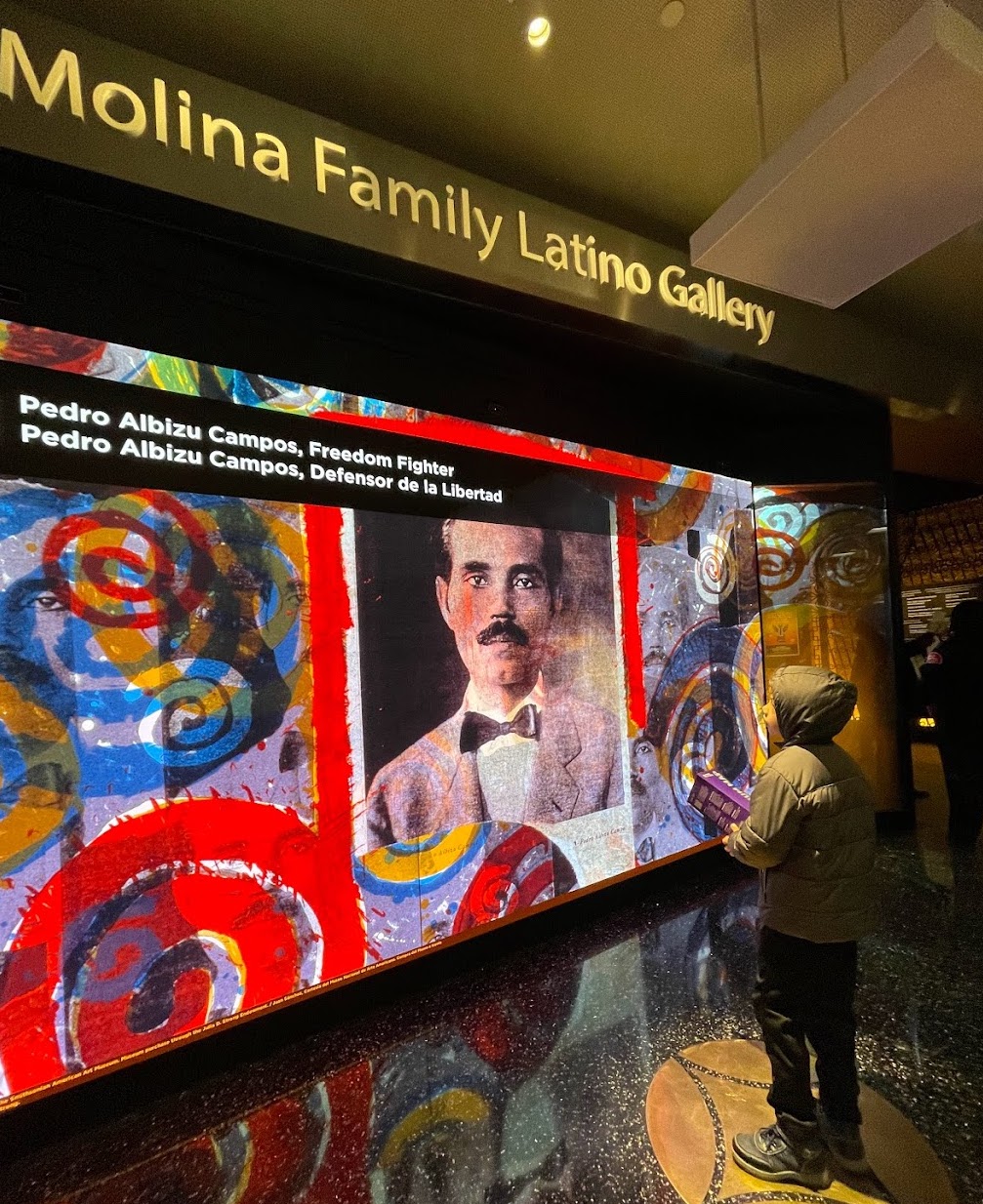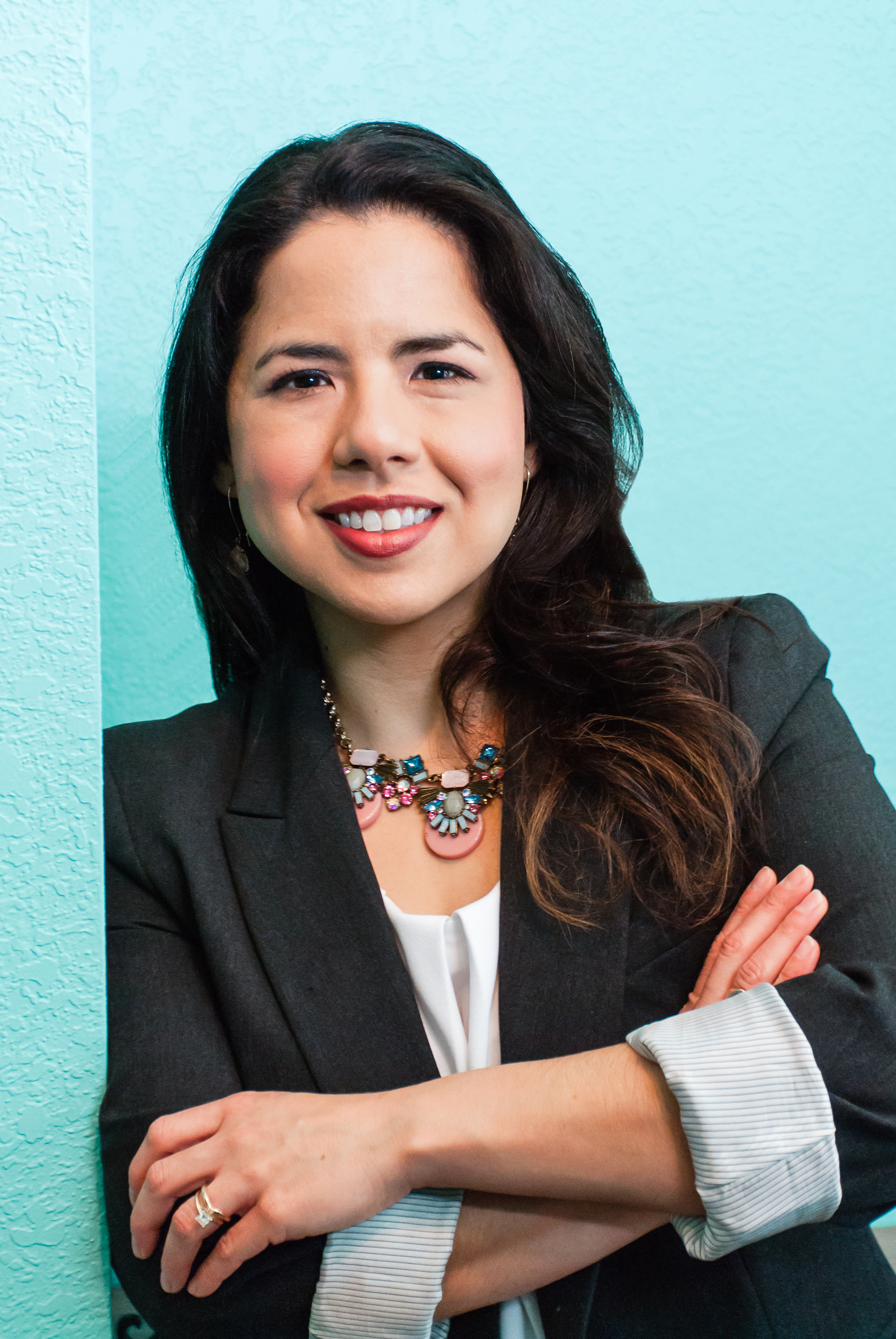National Museum Elevates Latino Contributions
By Melissa Vela-Williamson, M.A., APR, Fellow PRSA
February 2023
As the Smithsonian works to secure a stand-alone museum site, the Museum of the American Latino has been integrated into the National Museum of American History through the construction of the Molina Family Latino Gallery.
Twenty-five years ago, the Smithsonian founded its Latino Center. This increased Latino representation as they shared extraordinary Latino stories. This paved the way for the museum, a cornerstone for visitors from all over the world to understand the influential role Hispanics and Latinos played in shaping national culture and history.
I appreciate that the gallery is in the American History Museum for now. That museum attracts a large, international audience. It was affirming to watch people from different backgrounds experience the artifacts, visuals, documents and interactive displays.
As a Latina PR pro with bicultural children in tow, the honoring of Latino contributions within this museum felt right. We should bring groups together to inspire mutual appreciation. This interim setup actually introduces Latino history in an inclusive way. That normalizes our stories as part of the American story.
David L. Coronado, senior communications officer for the Smithsonian’s National Museum of the American Latino, shared his thoughts with me in the Q&A below. It has been edited for clarity or brevity.
What would you want PR professionals to know about what role Latinos in the United States should have in our historical narrative?
Latino history is American history. For centuries, diverse Latino communities have played foundational roles in building the United States and shaping our national culture.
Our rich histories and legacies predate the nation and are deeply rooted in this country’s pursuit of democracy, freedom, multiculturalism, and economic opportunity. Moreover, Latino stories and perspectives deepen our understanding of the United States and what it means to be American.
More than 62 million Latinos are in the United States, making us the largest minority. Understanding our histories and legacies matters.
Why do you think Latinos are often ignored in historical documents and stories?
Latinos are often left out of the American narrative because we’ve been conditioned to see U.S. history through a narrow lens. Consequently, we can’t see how Latinas and Latinos have contributed to our national history and culture. Instead, we must see history through a broader lens to see the bigger picture.
Why does this lack of inclusion in mainstream stories persist today — particularly in TV and film industry?
A lack of understanding and appreciation of Latino history and culture perpetuates the exclusion of Latinos from mainstream stories.
What kind of cultural differences have you found between Latinos when some members of a family were in the United States and others were born outside of the country? What should we be conscious of when trying to connect with, create programming for, or communicate based on these nuances or differences?
The familiar refrain, “We are not a monolith,” seems appropriate here because there is no singular Latino experience. Instead, our identities are shaped by geography, heritage, race, gender, and many other factors. There’s a great line in Somos, a short film in our exhibition, that sums this up beautifully, “Pretending that a Mexican is the same thing as an Argentinian is as ludicrous as saying someone from Brooklyn is the same as someone from Texas.”
I have learned that cultural representation must be at your program’s core. If Latinos are not engaging with you, they do not see themselves or their culture reflected in your outreach.
What can PR professionals do to elevate the Latino experience?
Embrace your own Latinidad and learn more about the different Latino communities to broaden your perspective. Ensure Latinos are authentically represented.
What kind of support could you use to ensure the museum becomes a standalone entity and a success?
Invite others to make a gift at latino.si.edu and connect with @USLatinoMuseum on social media. If you’re in D.C., visit our temporary exhibition, “¡Presente! A Latino History of the United States,” at the National Museum of American History.



